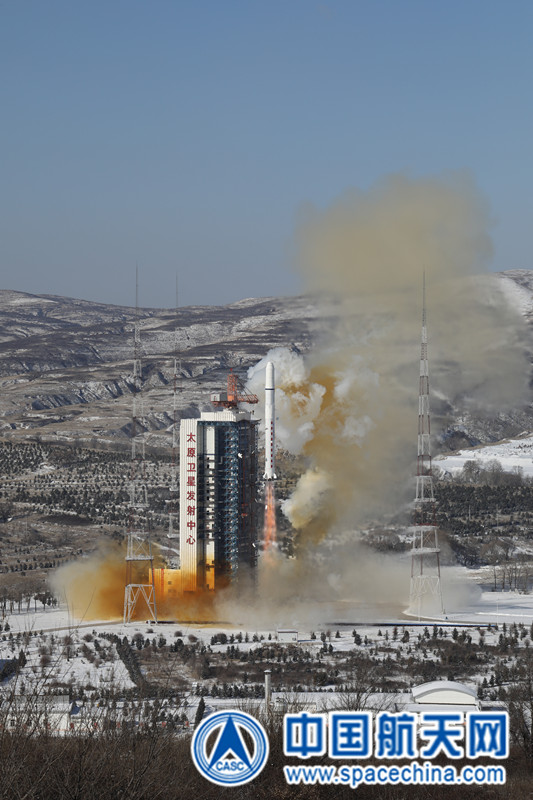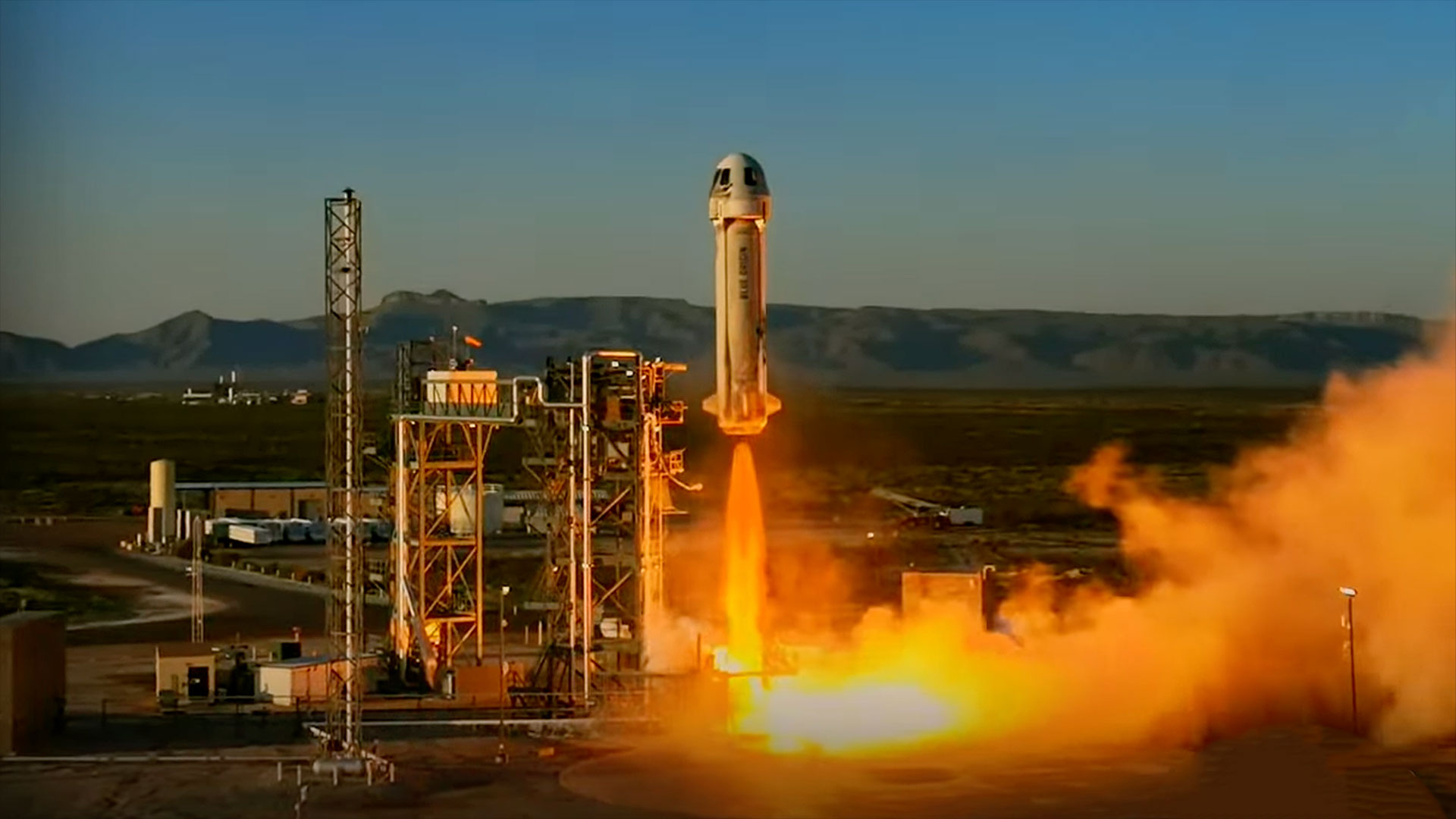China Launches 2 SuperView Earth-Observation Satellites Into Orbit
A Long March 2D rocket successfully launched two new Earth-observing satellites into orbit this week for Beijing Space View Technology in China.
The Long March 2D lifted off Tuesday, Jan. 9, at 0326 GMT (10:26 p.m. EST on Jan. 8) from the Taiyuan Satellite Launch Center in China's Shanzi province, where the local time was early Tuesday morning. The rocket delivered the two new SuperView-1 Earth-observing satellites, called SuperView-1 03 and 04, into orbit for Beijing Space View Technology.
"Success! We're thrilled to announce the successful launch of SuperView-1 03&04 satellites at 11:26 this morning in Taiyuan Satellite Launch Center!" company representatives wrote in a Twitter update.
The two new SuperView-1 satellites join two others in orbit that launched in 2016 . Those earlier satellites launched into a lower-than-planned orbit, but were later manuevered into their proper position, Chinese space officials have said. Eventually, BJSVT plans to oversee a large constellation of SuperView-1 satellites to provide high-resolution images of Earth.
"The SuperView constellation, called "16+4+4+X", is projected to comprise of 16 optical satellites with 0.5m resolution, four higher resolution satellites, four synthetic aperture radar (SAR) satellites and a fleet of satellites with video and hyper spectral cameras," the China Great Wall Industry Corporation wrote in a statement wrote in a statement. "The entire constellation will be completed by the end of 2022."
Editor's Note: This story was updated to correct the launch day of the SuperView-1 03 and 04 satellites. It launched on Jan. 9 Beijing Time, not Jan. 10.
Breaking space news, the latest updates on rocket launches, skywatching events and more!
Email Tariq Malik at tmalik@space.com or follow him @tariqjmalik and Google+. Follow us @Spacedotcom, Facebook and Google+. Original article on Space.com.

Tariq is the award-winning Editor-in-Chief of Space.com and joined the team in 2001. He covers human spaceflight, as well as skywatching and entertainment. He became Space.com's Editor-in-Chief in 2019. Before joining Space.com, Tariq was a staff reporter for The Los Angeles Times covering education and city beats in La Habra, Fullerton and Huntington Beach. He's a recipient of the 2022 Harry Kolcum Award for excellence in space reporting and the 2025 Space Pioneer Award from the National Space Society. He is an Eagle Scout and Space Camp alum with journalism degrees from the USC and NYU. You can find Tariq at Space.com and as the co-host to the This Week In Space podcast on the TWiT network. To see his latest project, you can follow Tariq on Twitter @tariqjmalik.

